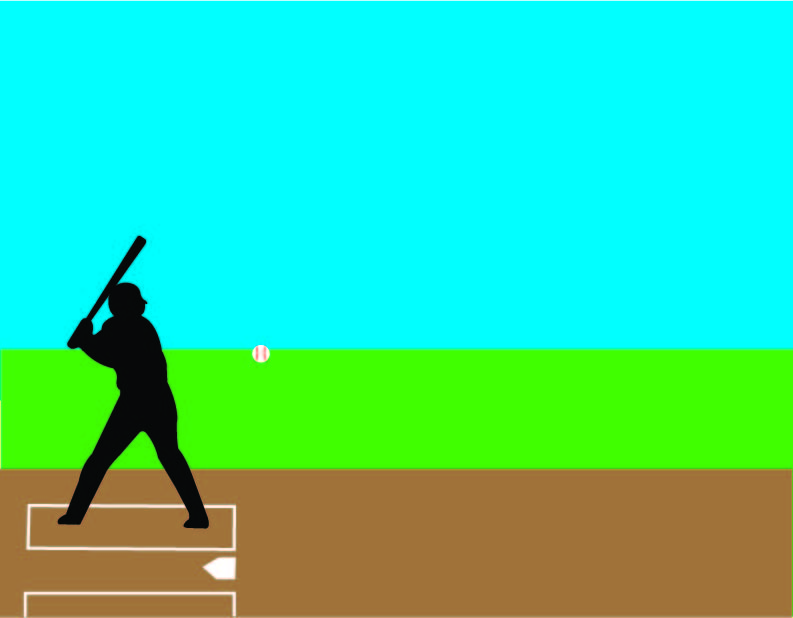The MLB Lockout and Its Effects
April 1, 2022
After being negotiated for nearly three months, the Major League Baseball Players Association (MLBPA) and MLB have agreed on a new collective bargaining agreement (CBA). This agreement will make adjustments to previous rules like increasing the minimum salary that players can earn, changing various in-game rules, and revising the free-agency process. With this, the season is expected to start on April 7 after two series were canceled as a result of the lockout. An agreement between the coaches and players was not made as quickly as people expected because both sides were unwilling to change their stance, but what was being argued for and why did it take so long for both sides to agree?
The ending of the previous CBA, Dec. 2, marked the beginning of the MLB lockout, where players were literally locked out from team facilities and organized practices. A decision was made by all 30 owners who unanimously voted to begin the lockout in order to begin negotiations for the next CBA and how the next season would play out. Usually, lockouts result in an agreement before the beginning of the MLB season because of what can be lost if the opening series are pushed back from their initial date. Bloomberg Law says, “Players reportedly could lose $20.5 million for each day cut from the regular season schedule. The big names wouldn’t be spared: Max Scherzer, the all-star pitcher for the New York Mets who’s also a union representative, stands to lose an estimated $233,000 per day—a powerful incentive to agree.” This means that players would lose money for every game they missed, which is supposed to motivate them towards making an agreement sooner rather than later.
Along with the players and owners losing money from games not being played, the attitudes of the MLB fan base have worsened, which could cause a decrease in viewership and in-person attendance. Junior Luke Reynolds says, “Delayed seasons shouldn’t occur and Rob Manfred (MLB Commissioner) should be fired. It’s a bad look for one of the richest sports in the world to shut down and it just makes baseball more unenjoyable as a whole.” Senior Nick Imler says, “I think the fans are just ready to watch baseball. It is unfair for the players, as most of them aren’t concerned with the matter.” The majority of baseball fans were concerned with the lockout, considering the last two seasons had been interfered with by COVID-19, which is why fans were annoyed when news of a possible season cancellation was announced. Luckily for fans, the MLB lockout ended on March 10, 99 days after it had begun. Most people were just glad that they would be able to watch baseball again, but the new CBA has introduced and revised lots of rules regarding salary, gameplay, and the free-agency.
Arguably the most important change is an increased minimum salary for MLB rookies. Due to the MLB rule that a player cannot enter free-agency until they have played for six seasons, an increased minimum salary for rookies will compensate for them not being able to sign larger contracts until they are eligible to be traded or resign with their current team. It may seem like they get paid too much money anyway, but compared to the average annual salary in 2021 of $4.17 million, it is only a fraction of what the average MLB player makes. Other important rule changes were made to hitting and pitching. NBC Sports says, “Balls in play have decreased to historic levels, including more strikeouts than hits in recent years for the first time. The banning of extreme shifts could require two infielders to be positioned on each side of second base.” Banning shifts, which is strategically positioning players on one side of the field based on where the hitter usually hits, has made it easier for defenses to stop hitters from getting on base. Increasing the base size in the next couple of years was also discussed and would help by decreasing the distance that players have to run, but no changes have been implemented as of now. Another change coming for the 2023 season will be the pitch clock, the time a pitcher has in between pitches to start his delivery. This will shorten the time of games by up to 20%, hopefully making the games feel quicker. Freshman Audrey Knirk says, “Baseball is not something I am interested in. Basketball is my favorite because it is fast paced, easy to follow, and lots of excitement can happen in just one game.” The aim of these changes is meant to make the game more interesting by fixing the pacing, but also more fair for teams on offense. Sophomore Sallie Thieme shares her support for these changes, saying, “I support the players because there should be rule changes to make the game more interesting.”
It will be interesting to see how this season and the ones after play out, but at the end of the day, it is still baseball. There are still 9 innings in a game, a pitcher and a hitter, and a competitive drive shared by players which makes the game more interesting to watch. Regardless of the struggles the MLB has faced over the past two years, this compromise has ensured that both sides of the argument benefit in some way, so we can expect the rest of this season to play out like it normally would have.



